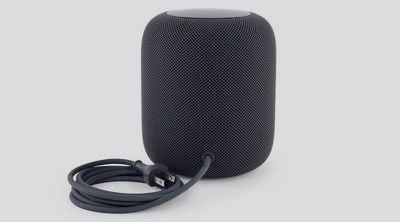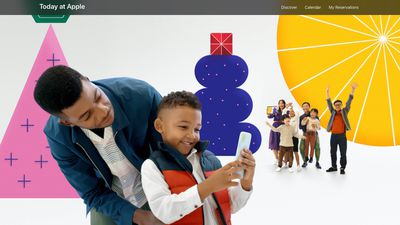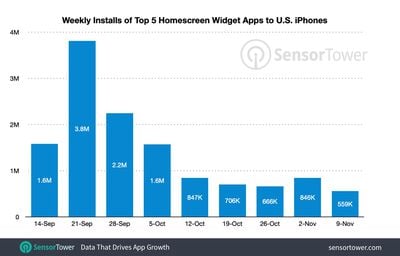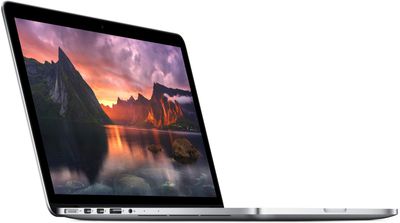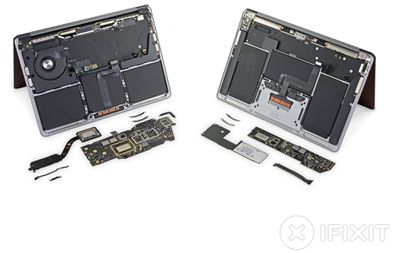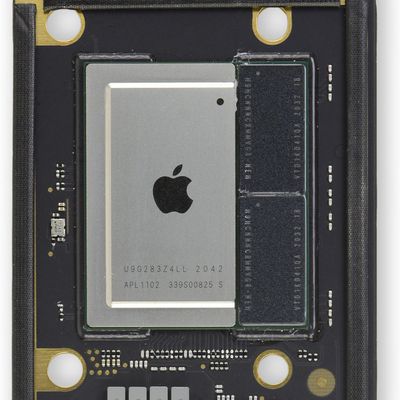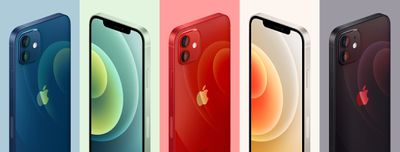Apple's first M1 Macs have defied expectations and are more powerful than anyone expected, handily beating out many other Intel Macs that Apple is continuing to sell. We've seen endless speed tests, but we thought we'd pit the M1 13-inch MacBook Pro against the model that it's replacing, the 2020 13-inch MacBook Pro with 1.4GHz quad-core Core i5 processor, Intel Iris Plus Graphics 645, and 8GB RAM.
The prior-generation MacBook Pro was just released in May 2020, but it's already outdated and far inferior to Apple's new M1 model, as our extensive speed testing will demonstrate.
Geekbench Scores
The M1 MacBook Pro, which is the base model with 8GB storage, an M1 chip with 8-core CPU and GPU, and a 256GB SSD, earned a single-core Geekbench score of 1722 and a multi-core score of 7535.
Comparatively, our Intel MacBook Pro earned a single-core score of 871 and a multi-core score of 3786, so performance is close to double here. OpenCL scores also demonstrated a stark difference with the M1 earning a score of 19305 and the Intel chip earning a score of 6962.
SSD Speeds
There's a faster SSD in the M1 MacBook Pro and in our testing, we saw read speeds of 2800MB/s and write speeds of 2300MB/s. With the SSD in the Intel MacBook Pro, we saw read speeds of 1600MB/s and write speeds of 1100MB/s. Apple says the SSD can reach sequential read speeds of up to 3.3GB/s thanks to the new SSD controller integrated in the M1 chip.
File Transfers
When transferring a 40GB+ file, the M1 completed the task in 27 seconds while it took the Intel Mac 90 seconds. Transfer speeds started out the same, but it didn't take long for the Intel Mac to fall behind.
4K Video Export
Exporting a 10 minute 4K video from Final Cut Pro took the M1 MacBook Pro 4 minutes and 53 seconds and it took the Intel MacBook Pro 6 minutes and 47 seconds. In addition to the faster transfer speeds on the M1 Mac, the fans never came on at all, while the Intel Mac's fans were roaring.
Starting Up and Shutting Down
The M1 MacBook Pro starts up noticeably faster thanks to the new Instant Wake feature that gets it going right when you open the lid. Shutting down was also faster.
Tab Test
We opened up a dozen YouTube tabs in Safari on both Macs and the CPU load was much lower on the M1 Mac. The M1 Mac was able to play every video without issue and the fans never even kicked on, but the Intel Mac struggled and the fans were on max speed.
App Test
We opened every app in the Applications folder on both Macs, which was approximately 50 apps. The M1 excelled, while the Intel Mac lagged behind and had trouble opening everything up. It took a lot longer to open all of the apps on the Intel version, especially Final Cut Pro.
Opening up Mission Control with every single app open was seamless on the M1 Mac but the Intel Mac couldn't quite handle it and there was a lot of lag.
Tests with single apps were much closer. The M1 won out when opening up apps like Safari, Maps, Apple Music, and Final Cut Pro, but the Intel Mac wasn't too far off.
Conclusion
During our benchmarking and speed tests, the M1 MacBook Pro's fans never turned on once, so expect near silent operation for almost all tasks if you pick up one of the new MacBook Pro models. The MacBook Air has no fans at all, and the Mac mini performs similarly to the MacBook Pro.
In addition to speed, we've also been impressed with battery life. The MacBook Pro was used for an hour or two when we first got it and then most of the next day, and we never once had to plug it in to charge it even through all of the testing.
The M1 MacBook Pro beats out the 2020 Intel model, but it's also faster than the high-end 2019 16-inch MacBook Pro models in terms of CPU performance. If you're planning to buy a new Mac, at this point, it's probably worth holding out for a Mac with an M1 chip if you can. Apple is planning to update the entire lineup with Apple Silicon, a process that will take approximately two years.
Rumors suggest some of the next Macs to get M1 chips will include the iMac (there's a 24-inch model in the works) and the 16-inch MacBook Pro.
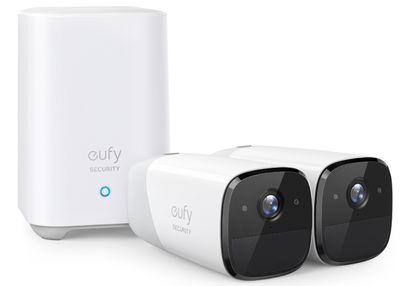


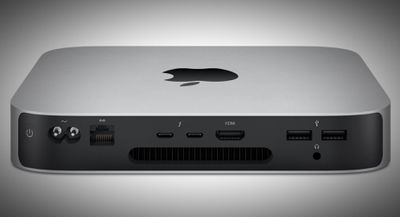


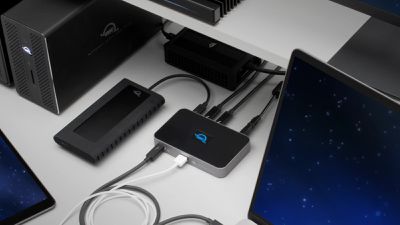

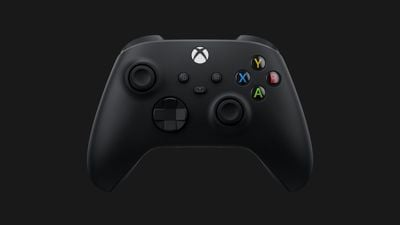
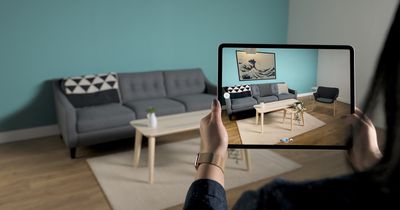
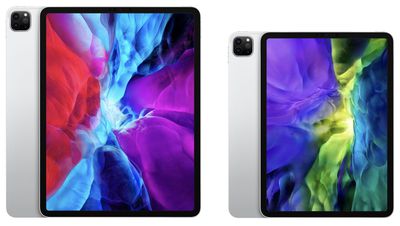 Note: MacRumors is an affiliate partner with some of these vendors. When you click a link and make a purchase, we may receive a small payment, which helps us keep the site running.
Note: MacRumors is an affiliate partner with some of these vendors. When you click a link and make a purchase, we may receive a small payment, which helps us keep the site running.
